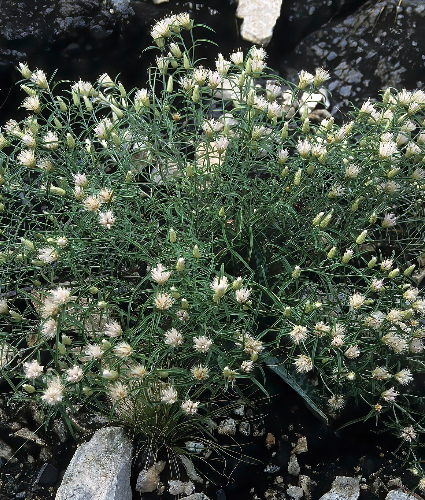New to Science: Unraveling the Medicinal Potential of New Discoveries
Posted on December 1, 2023 by Clare Baker
Each month, the Microbiology Society publishes the International Journal of Systematic and Evolutionary Microbiology, which details newly discovered species of bacteria, fungi and protists. Here are some of the new species that have been discovered and the places they've been found.
This month we are starting with an exciting novel bacterial species that is not only featured in ‘New to Science’ but a Microbiology Society press release! The new species, Bacillus dicomae, was found living inside an African medicinal plant, known (appropriately) as fever bush which is traditionally used for treating diabetes and even malaria by some groups in South Africa. Our novel bacterial species belongs to a group of bacteria (Bacillus cereus). There is plenty of promise in the discovery as some of the Bacillus cereus group members have benefits in drug development, food production, use as probiotics and as biopesticides. Researchers hope that the discovery of B. dicomae could lead to the ability to manufacture some of the active ingredients present in the fever bush.

B. dicomae is not the only new microbe discovery published in the International Journal of Systematic and Evolutionary Microbiology this month that has medicinal applications. Kitasatospora fiedleri, a novel actinobacteria strain sampled from Java, Indonesia, was found to be an antibiotic producer. It joins the genus Kitasatospora which has huge potential for producing bioactive compounds. To date, more than 50 bioactive compounds with nematocidal, fungicidal, and herbicidal properties have been isolated from the genus.
If you thought we were done with medicinal applications of novel microbes, think again! One of our next new microbes, Microcella humidisoli, has shown potential for possible antioxidant or antimicrobial activity. M. humidisoli was isolated alongside two other Gram-positive aerobic and rod shaped actinobacteria, Microcella daejeonensis and Microcella pacifica, from a sample of riverside soil in the Republic of Korea. M. humidisoli of course gets its name from the humid soil in which it was found.
We always enjoy an animal association in ‘New to Science’ so let’s take a look at some for the next two novel microbes. First up we have Mycoplasma phocimorsus, which was isolated from Scandinavian patients with seal finger or septic arthritis. Seal finger (also known as sealer’s finger or spekk finger) is a hand infection caused by the handling of seals. Human interaction with seals, such as hunting and sealing, is important to these communities and awareness of zoonotic pathogens like
M. phocimorsus is important for early and correct treatment to avoid hospitalisation.
Sticking to ‘New to Science’ style, shall we finish with some poo? Cutibacterium equinum is a novel Gram-positive bacterium isolated from the faecal sample of a horse in Jeju Island, Republic of Korea. It joins the genus Cutibacterium which contains a variety of bacterial species. Some species have been associated with skin diseases such as acne (Cutibacterium acnes). In contrast, other members of the genus (Cutibacterium avidum) are used in clinical treatments; for example, to stimulate the immune system during antitumor therapy. The genus Cutibacterium belongs to the family Propionibacteriaceae which have been found in various environments including human skin, pig intestines and meibomian glands (glands along the edge of our eyelids). C. equinum of course gets its name from horses, from where the organism was initially isolated.

